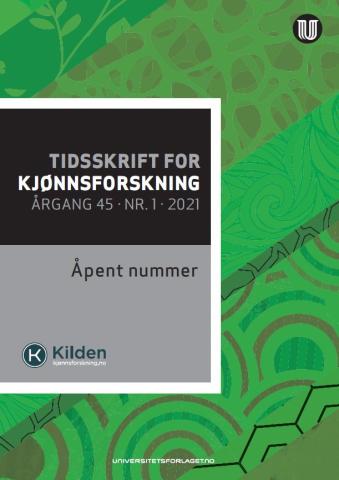Open issue

DOI: 10.18261/issn.1891-1781
The Sacred and the Profane Football – Differences in Media Coverage of Women’s and Men’s Football in Southern Norway
By Maria Øverli Leonsen and Ove Skarpenes
This article examines gendered coverage of two football teams in print media in the southern part of Norway. The article draws on a content analysis of two regional newspapers, Fædrelandsvennen and Agderposten, and their coverage of Amazon Grimstad (a women’s team) and FK Jerv (a men’s team). The coverage is gendered and asymmetrical in several areas. The men’s team is portrayed as a team with good players, good results and as a strong collective of individual players, while the women’s team coverage is devoid of such characteristics. Instead, reporting on the women’s football team is focused on financial problems, sponsorship quarrels and poor results. Informed by concepts from cultural and gender theory, the analysis shows how the media coverage contributes to elevate men’s football and trivialize women’s football.
Keywords: Football, gender, media, Southern Norway
The Gender Pay Gap – What Role Does the Firm Play?
By Kjersti Misje Østbakken and Marte Marie Frisell
This article analyzes wage differences between women and men in the private sector in Norway with a special focus on companies of different sizes. Our analyses show that the pay gap between women and men in the private sector fell from 13.5 per cent in 2015 to 11 per cent in 2017, and that the downward trend shown in previous studies has persisted. Based on previous research, there is reason to believe that the pay gap between women and men is greatest in large companies. We find that the gender pay gap is greater in the smallest companies than in medium-sized ones, and it is greatest in the largest companies. The hourly wage difference between relatively equal men and women within companies is 9 per cent, and the differences are greatest in large companies. Our findings suggest that it will be important to focus on the processes within both large and small companies to reduce the gender pay gap in the future.
Keywords: Gender pay gap, workplace size, within-firm, decomposition, register data, processes of differentiation
Father Figures, Queer Daughters, and the Dynamics of Violence in The Last of Us: Part II
By Holger Pötzsch
This article offers an interpretation of Naughty Dog’s shooter game The Last of Us: Part II (2020). Taking Judith Butler’s critique of war discourses as a point of departure, I show how the game recalibrates gender norms, undermines conventions of the shooter genre, and invites critical scrutiny of violence and escalation. I show how the game unveils the destructive dynamics of violence and introduces queer and trans characters as a natural part of the game world, thereby issuing an inclusive and progressive political message.
Keywords: The Last of Us: Part II, fatherhood, queer characters, war discourse, violence, escalation, shooter games (genre), queer game studies
Commentary article
The Fight against «Identity Politics» and the Attack on the Freedom of Research: Report from Denmark
By Mathias Danbolt and Cecilie Ullerup Schmidt
This commentary discusses the recent attempts by leading politicians and public media figures in Denmark to delegitimize critical studies of gender, racism, and colonialism in Danish Higher Education. By analyzing the rhetorical strategies, political rationalities, and mediatized conditions that undergird the political narrative of how an «anti-liberal», «extremist» and «hateful» form of «identity politics» has taken hold in Danish academia, the commentary argues for the importance of understanding the scapegoating of critical scholarship as part of a growing political threat to freedom of research, represented for instance in the increasing foothold of the transnational «anti-gender» movement.
Keywords: Identity politics, freedom of research, anti-gender movement, racism, colonial critique